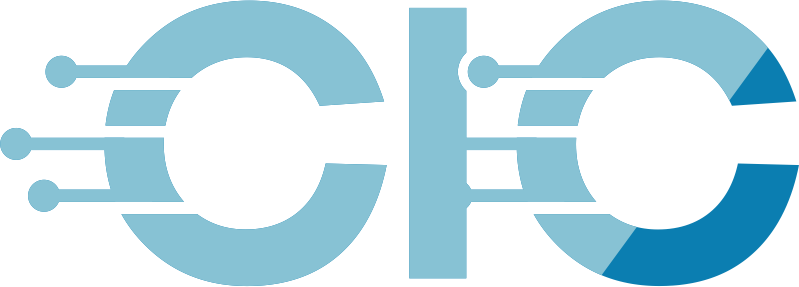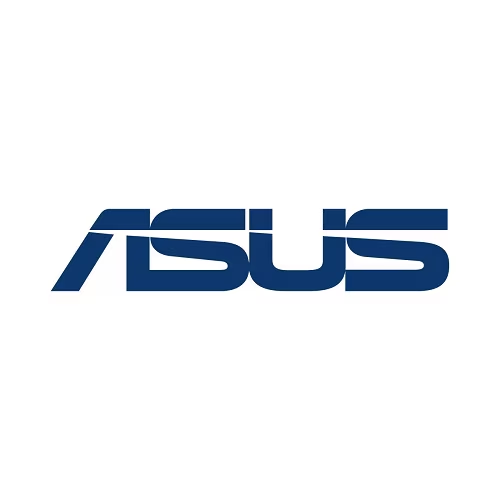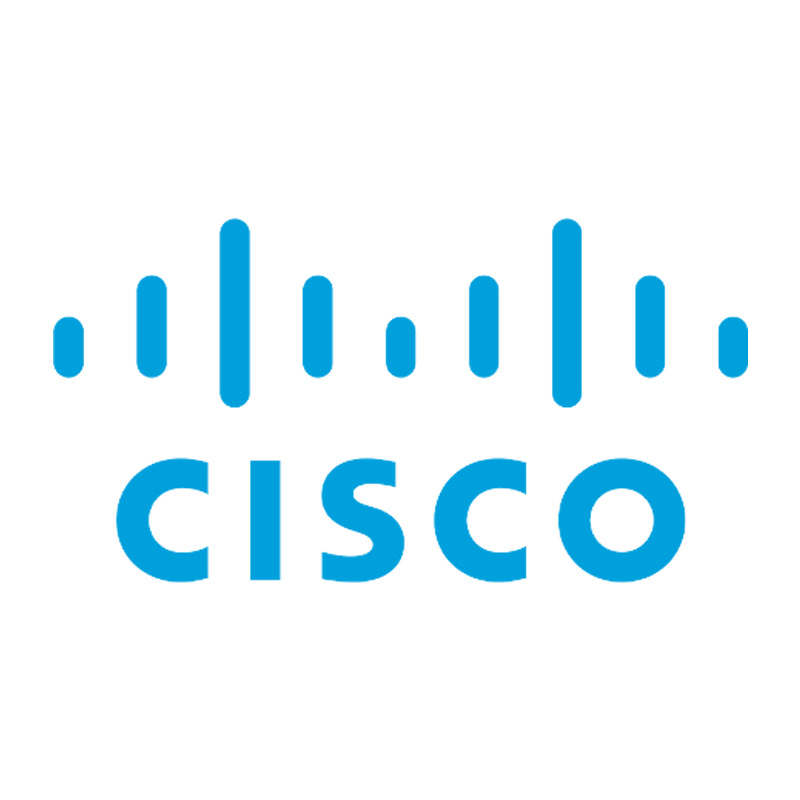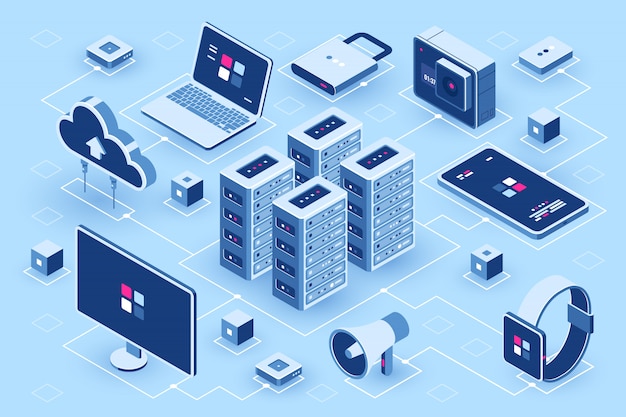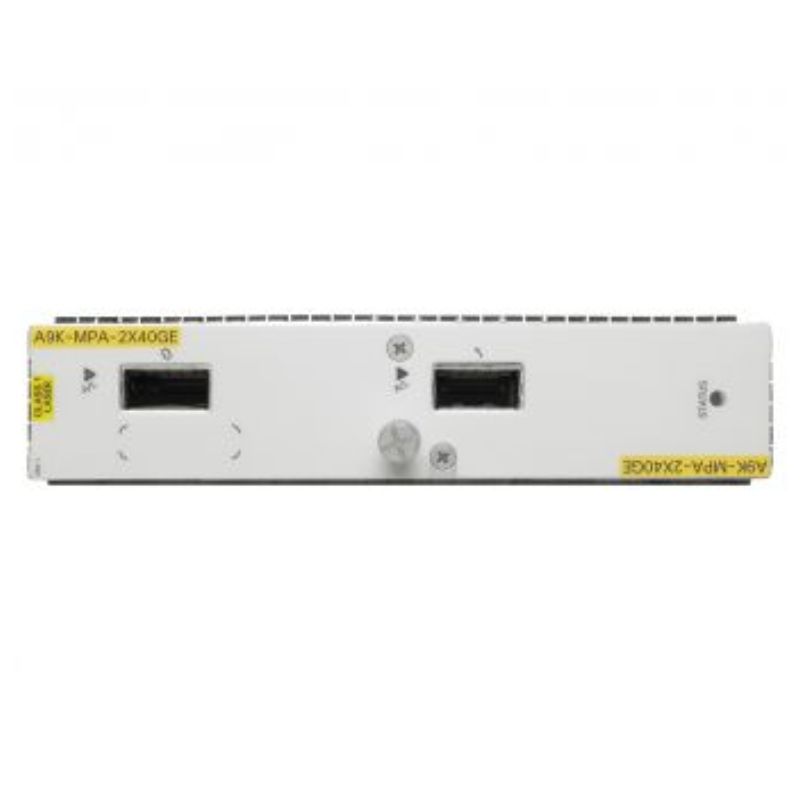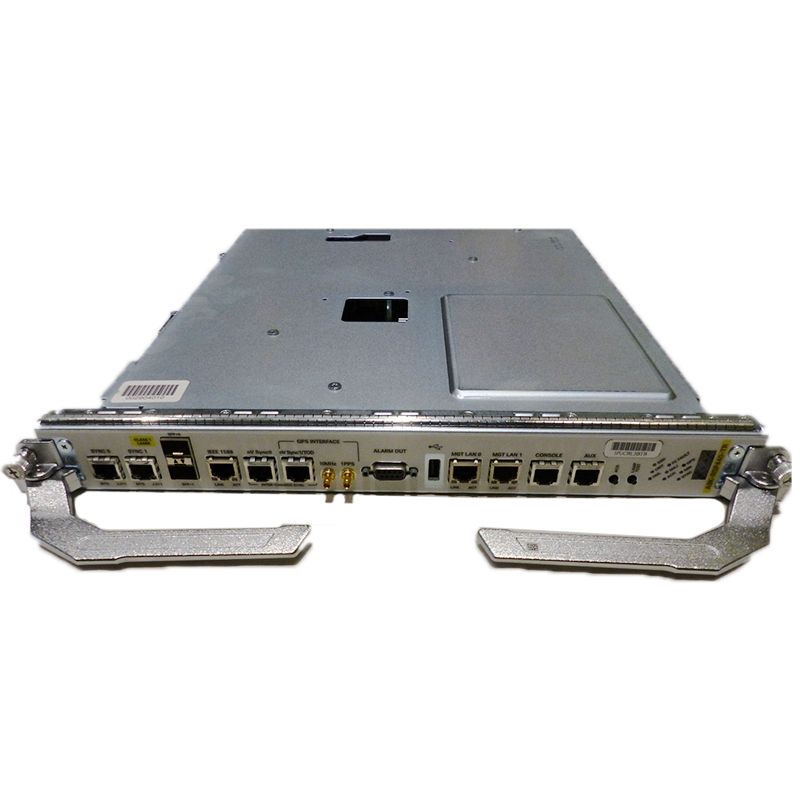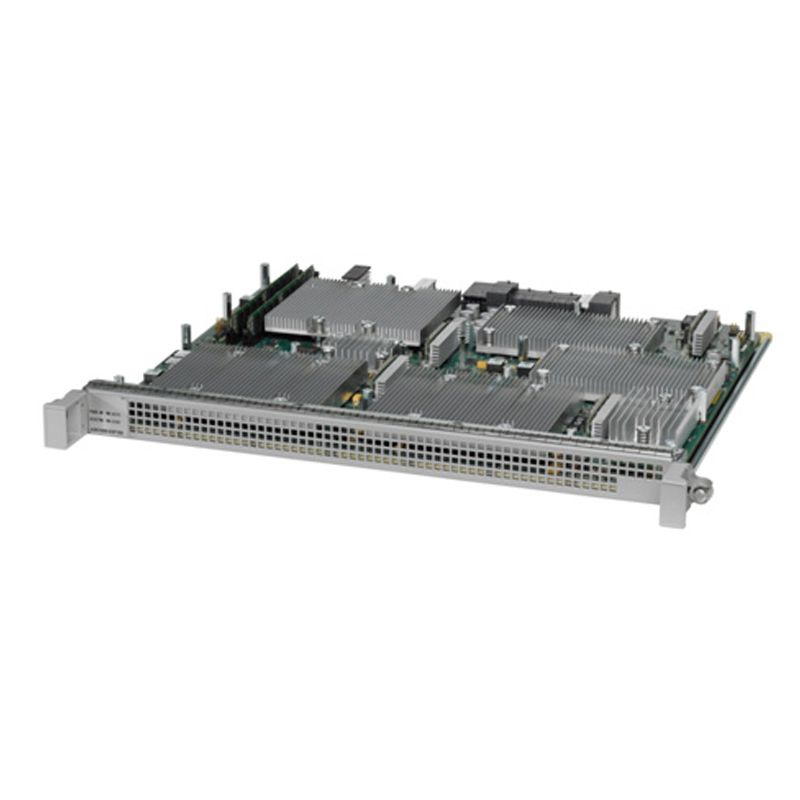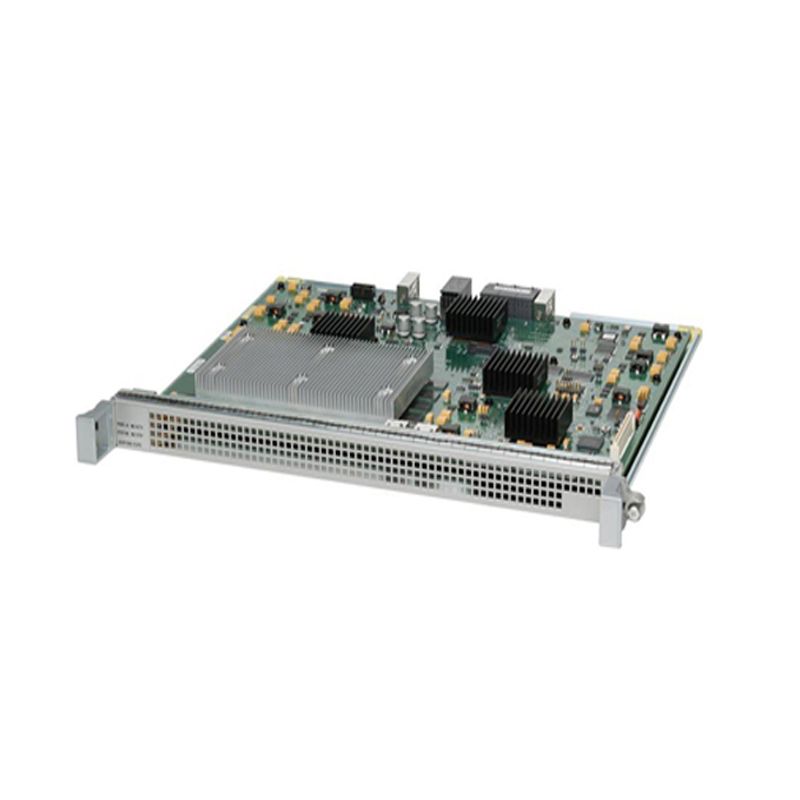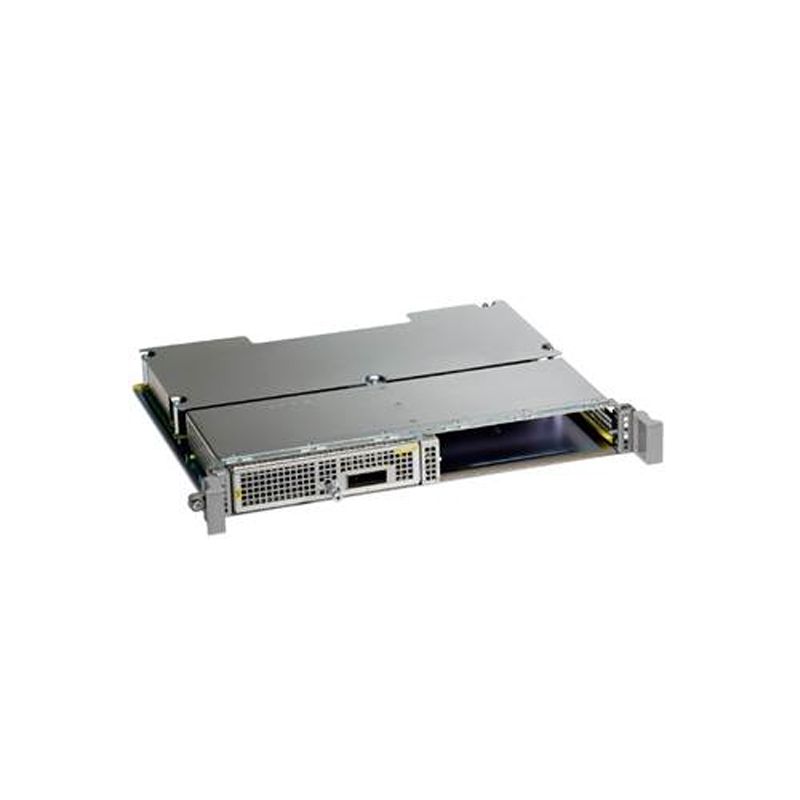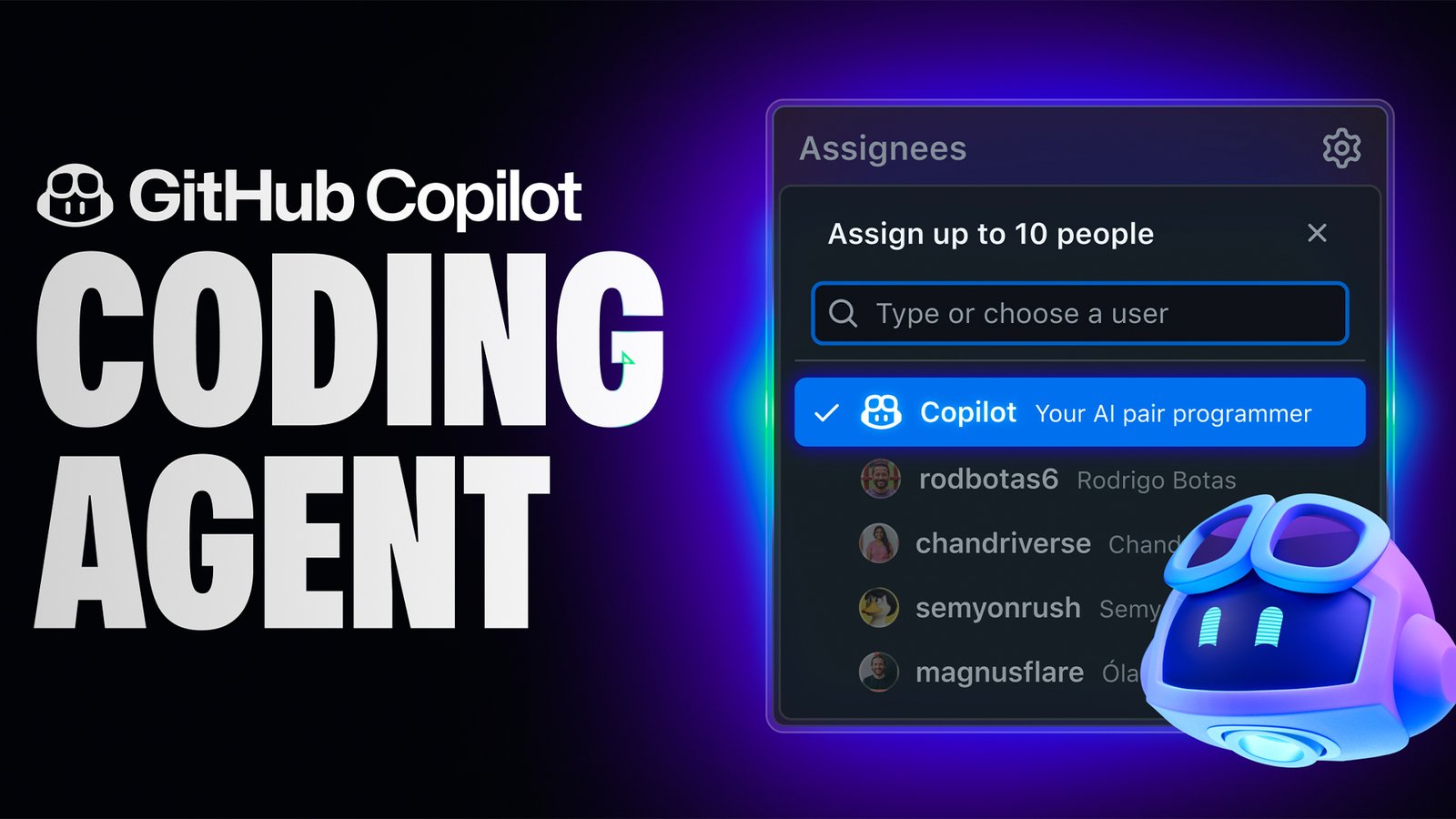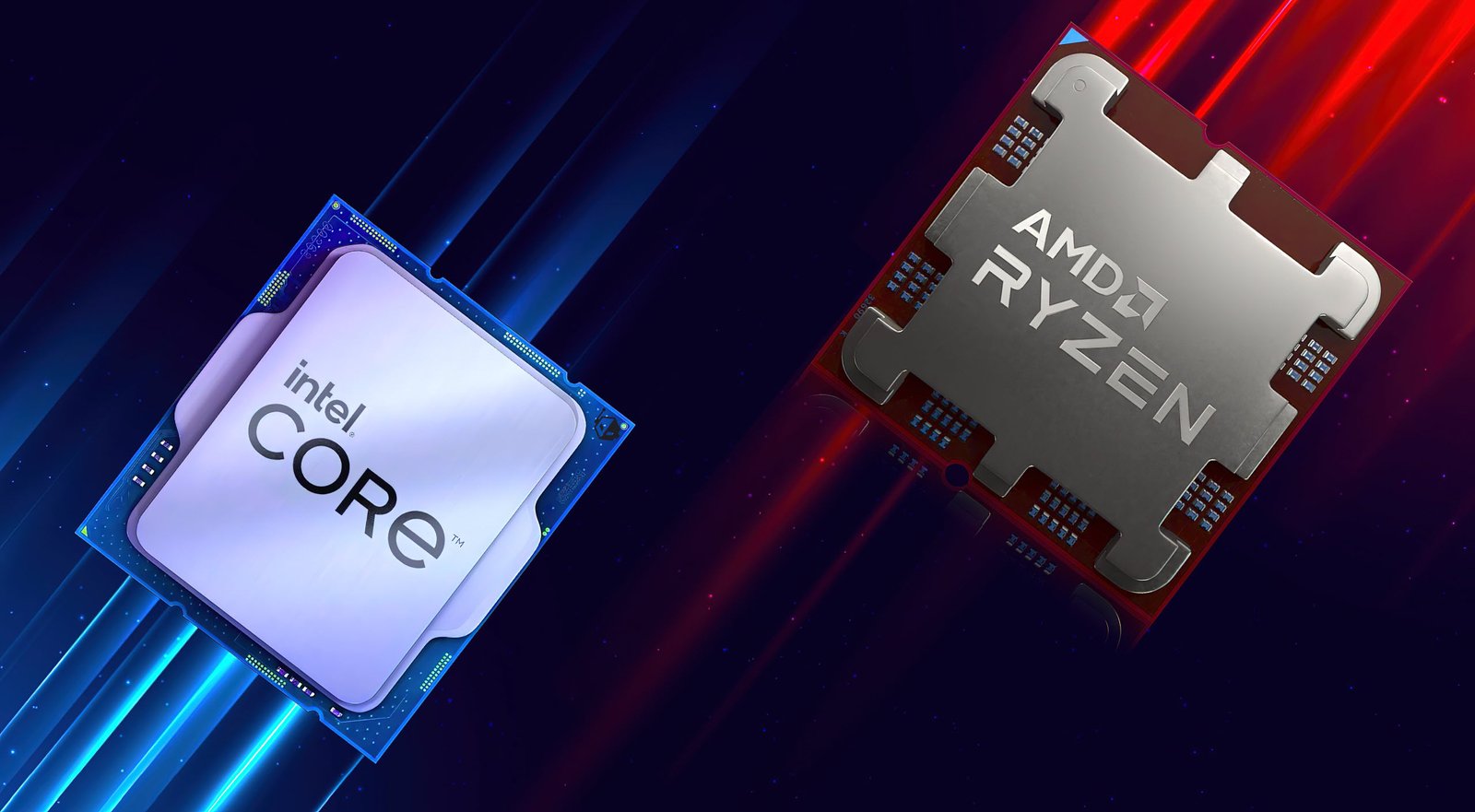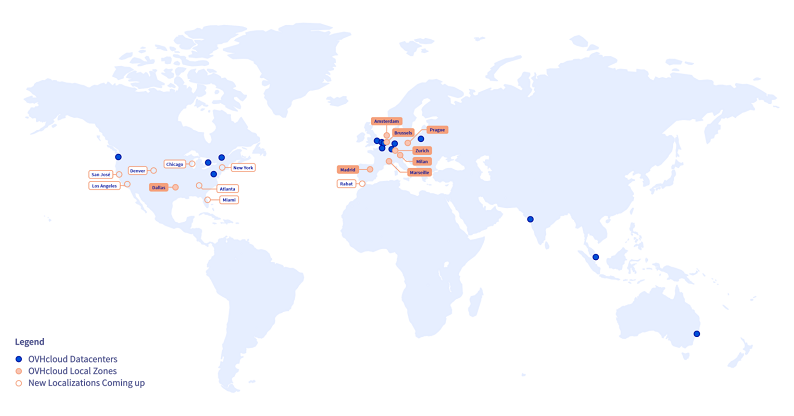In the field of artificial intelligence, Retrieval-Augmented Generation (RAG) is quickly becoming a hot topic. According to a report by Gartner, by 2025, more than 70% of enterprises will adopt technologies like RAG to optimize their AI systems. But what exactly is RAG, and how is it changing the way we process information? This article will provide an in-depth analysis of this revolutionary technology.
1. What is RAG: The Perfect Combination of Retrieval and Generation
Retrieval-Augmented Generation (RAG) is an AI model architecture that combines information retrieval with text generation. Unlike traditional generative models (like GPT), RAG retrieves relevant information from external knowledge bases before generating answers, thus providing more accurate and reliable outputs.
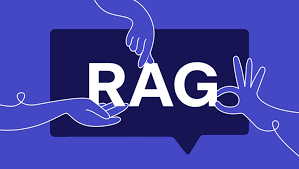
Core Components:
- Retriever: Quickly finds content related to a query from vast data sources.
- Generator: Uses the retrieved information to generate natural language responses.
2. How RAG Works: From Data to Answer
Here’s a typical workflow of a RAG system:
- Input Question: The user asks a question (e.g., “How does quantum computing work?”).
- Retrieval Phase: The retriever extracts relevant documents or paragraphs from a knowledge base (e.g., Wikipedia, company databases).
- Generation Phase: The generator combines the retrieved information to create a coherent and accurate response.
- Output: A detailed and reliable answer is returned to the user.
Advantages of RAG:
- Higher Accuracy: Based on real-time retrieval, RAG avoids the problem of generative models “hallucinating” information.
- Greater Explainability: Users can view the retrieved source data, allowing them to verify the origin of the answers.
- Dynamic Updates: The knowledge base can be updated continuously, ensuring the information remains up-to-date.
3. RAG’s Use Cases: Transforming Businesses and Everyday Life
RAG technology is showing its potential across multiple sectors:
- Enterprise Knowledge Management
- Case Study: A global Fortune 500 company uses RAG to build an internal Q&A system, enabling employees to quickly access product manuals, policy documents, and more, resulting in a 40% increase in efficiency.
- Benefits: Reduces time spent searching for information and speeds up decision-making.
- Customer Service Automation
- Case Study: An e-commerce platform deploys RAG-powered chatbots, increasing accuracy to over 90%, significantly boosting customer satisfaction.
- Benefits: Provides personalized and real-time customer support.
- Education and Research
- Case Study: An online education platform uses RAG to offer instant Q&A services to students across thousands of courses.
- Benefits: Enhances learning experiences and reduces the burden on teachers.
- Medical Diagnostic Support
- Case Study: A hospital uses RAG systems to assist doctors in querying the latest medical literature, reducing diagnostic time.
- Benefits: Improves diagnostic accuracy and saves more lives.
4. RAG vs. Traditional Generative Models
| Comparison | RAG | Traditional Generative Models (e.g., GPT) |
|---|---|---|
| Information Source | External knowledge base (dynamic updates) | Trained data (static) |
| Accuracy | Higher (based on retrieval results) | Lower (may generate “hallucinated” content) |
| Explainability | Strong (traceable to source) | Weak (black-box model) |
| Use Case | Tasks requiring high accuracy | Creative writing, open-ended conversations |
5. Future Trends and Challenges of RAG
Trends:
- Multimodal Expansion: Combining text, images, video, and other non-textual data to broaden the application range.
- Real-time Retrieval Optimization: Achieving millisecond-level responses through edge computing.
- Personalized Adaptation: Customizing retrieval and generation strategies based on user preferences.
Challenges:
- Knowledge Base Quality: The accuracy of retrieval results heavily depends on the completeness and update frequency of the knowledge base.
- Computational Resources: Real-time retrieval and generation demand significant computing power.
- Privacy and Security: Ensuring sensitive data is not misused is a crucial concern.
6. How to Get Started with RAG?
- Choose a Platform: Use RAG toolkits from platforms like Hugging Face or OpenAI.
- Build a Knowledge Base: Organize and upload relevant data (e.g., PDFs, databases).
- Training and Optimization: Adjust the retrieval and generation model parameters according to business needs.
- Deployment and Testing: Monitor performance post-deployment and optimize for a better user experience.
Conclusion: RAG Will Reshape the Future of AI
Retrieval-Augmented Generation (RAG) addresses many pain points of traditional AI models by combining the advantages of both retrieval and generation. Whether in enterprise, education, or healthcare, RAG is driving a revolution in how we process information. If you’re looking to enhance the accuracy and efficiency of your AI systems, RAG is undoubtedly the ideal choice.
